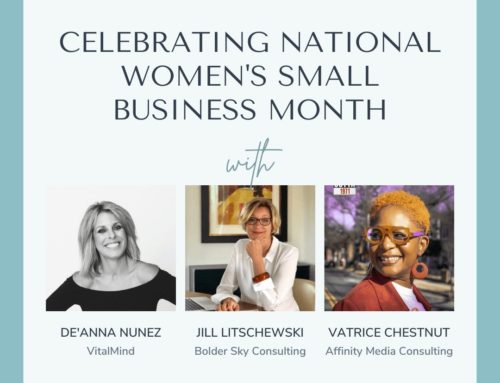

In this post-#MeToo era, many women, both organizational leaders and individual contributors, are asking what role they can play in ridding our workplaces of drama. Workplace drama comes in many forms, but two of the most common, and two that disproportionately affect professional women, are sexual harassment and bias.
From Unconscious Bias to Radical Fairness
Bias is at the root of many of the issues that become workplace drama.
As the term gains popularity, many now cringe when they hear “unconscious bias” since they imagine training on something touchy-feely. Another way of stating it is that our “hidden” brain heavily influences our decision-making at work (and elsewhere). We won’t solve the issue unless we:
1. acknowledge that we are all influenced by factors outside our conscious minds;
2) that affect our decision-making (sometimes negatively); and
3) that despite this reality, there are ways we can fix the problem.
So, what can we do to take away the power of unconscious bias at work? Here are a few strategies:
Create stronger connections up, down and across.
Research shows that we tend to view the world through a relatively homogenous lens. If your friends, coworkers and acquaintances tend to be from the same demographic groups as you (race/ethnicity, socio-economic status, geographic location, position at work, etc.) then how can we expect to debunk hidden beliefs we have about “the other?”
Be creative.
Use stories and analogies, current events and research, facts and popular culture – anything that can show people that we have more in common than we think.
Be authentic.
Employees can smell BS from miles away. Implement programs that you’re truly committed to studying and resolving. Be the “and” in a “this OR that” world. Combine data/ AND a human touch to resolve issues of bias so that you are hiring and retaining top diverse talent.
Failure to implement realistic solutions to eliminate bias from decision-making at work leads to exclusion. This becomes clear as we look at issues of inclusion and diversity. If biased decision-making isn’t checked, your program to create a diverse workforce where each employee feels as though he or she belongs is doomed.
The “Cure” for Workplace Sexual Harassment
For female professionals, the presence of sexual harassment at work is as dangerous as the presence of gender bias.
Here are three strategies you should take to eliminate sexual harassment at your organization:
1. Go beyond the letter of policies.
While promising a “harassment-free workplace” is a good promise, that should be the floor, not the ceiling.
Just like you don’t want to eat at a restaurant that promises not to give you food poisoning (rather than promising an excellent dining experience) so too should workplaces promise a healthy, respectful and inclusive culture, not just mere legal compliance. The spirit of the policy should be just as important as the written word
2. Step up and speak out.
In many instances, harassing behavior starts out as minor, but when left unchecked, it not only escalates, the bad actor is emboldened to go one step further. Going from passive bystander to active upstander is therefore vital. There are a number of ways to accomplish this and the only rule is that doing nothing shouldn’t be an option.
3. If you’re a leader, help develop a system of perceived fairness, in addition to actual fairness.
For the elimination of sexual harassment, the single most important way to do this is to hold everyone equally accountable for misconduct. Everyone. Even if the bad actor is the CEO, or a leader deemed “too valuable to lose.”
For the elimination of sexual harassment, the single most important way to do this is to hold everyone equally accountable for misconduct. Everyone.
Click To Tweet
And while these strategies might appear to be geared toward leaders, they apply equally to every employee who has a vested interest in ridding our workplace of bias and harassment– we’re all in this together and it will require each one of us to implement these strategies to succeed. By taking these steps, you will play a vital role in making sure that bias and harassment are a thing of the past at your workplace.
 Patti Perez is VP of Workplace Strategy at Emtrain. She is a licensed California attorney, a professionally-certified HR executive, and a specialist in the prevention and resolution of workplace drama. She is a frequent speaker on these topics and is the author of the soon-to-be-published The Drama-Free Workplace (Wiley, April 2019). This article is adapted from chapters 2 and 3 of her book.
Patti Perez is VP of Workplace Strategy at Emtrain. She is a licensed California attorney, a professionally-certified HR executive, and a specialist in the prevention and resolution of workplace drama. She is a frequent speaker on these topics and is the author of the soon-to-be-published The Drama-Free Workplace (Wiley, April 2019). This article is adapted from chapters 2 and 3 of her book.
The post The Professional Woman’s Guide to a Drama-Free Workplace appeared first on Hera Herald Resource Center.


